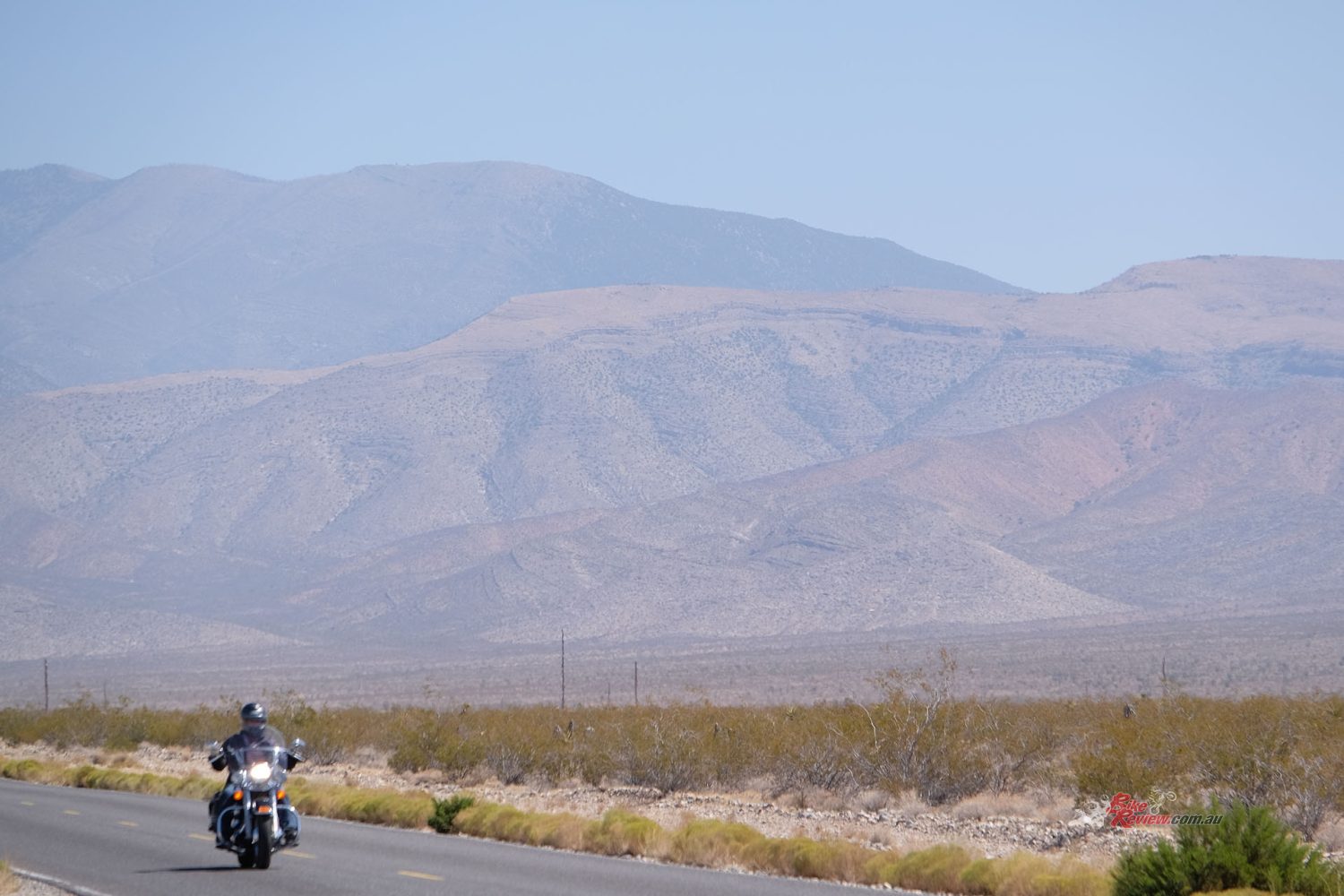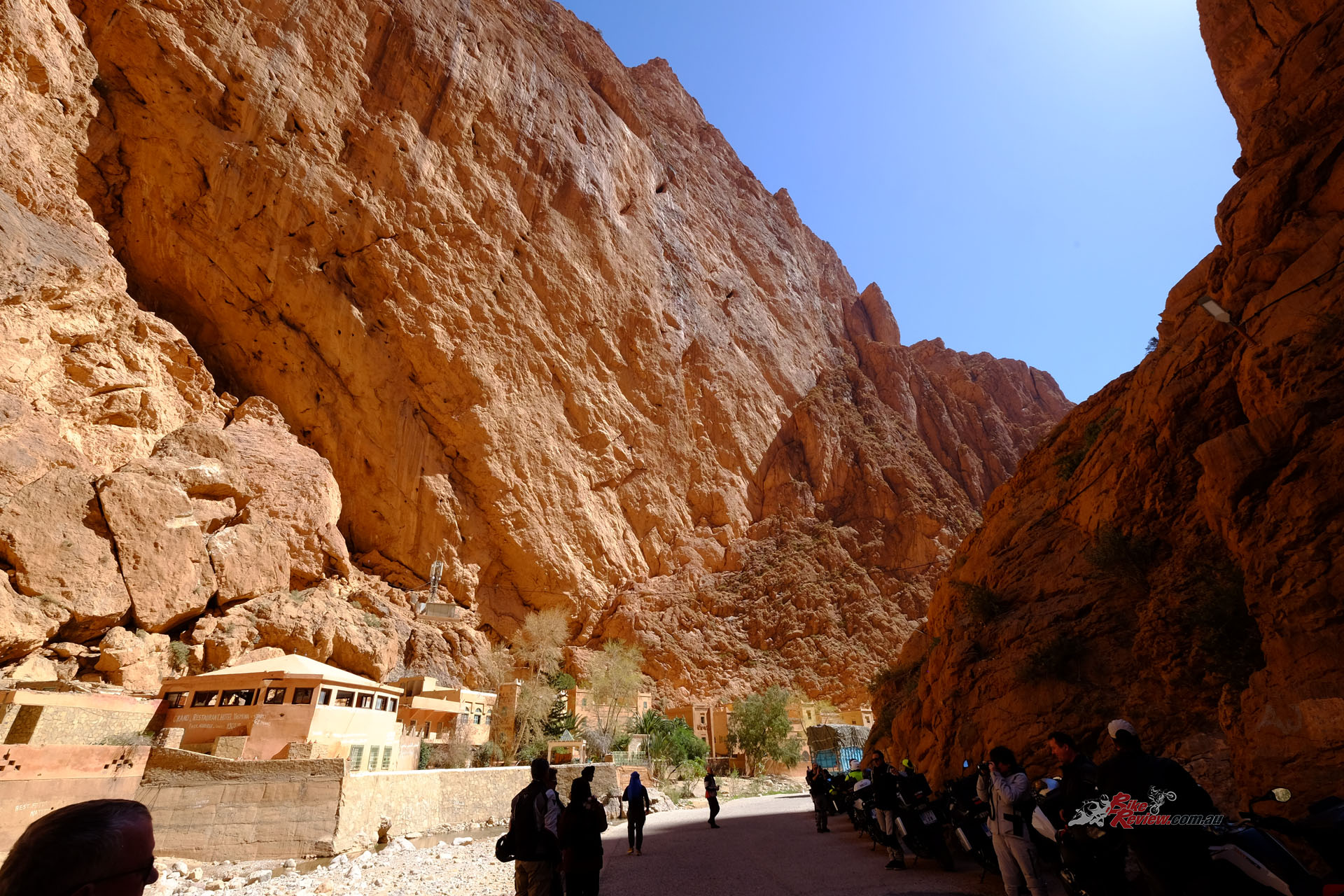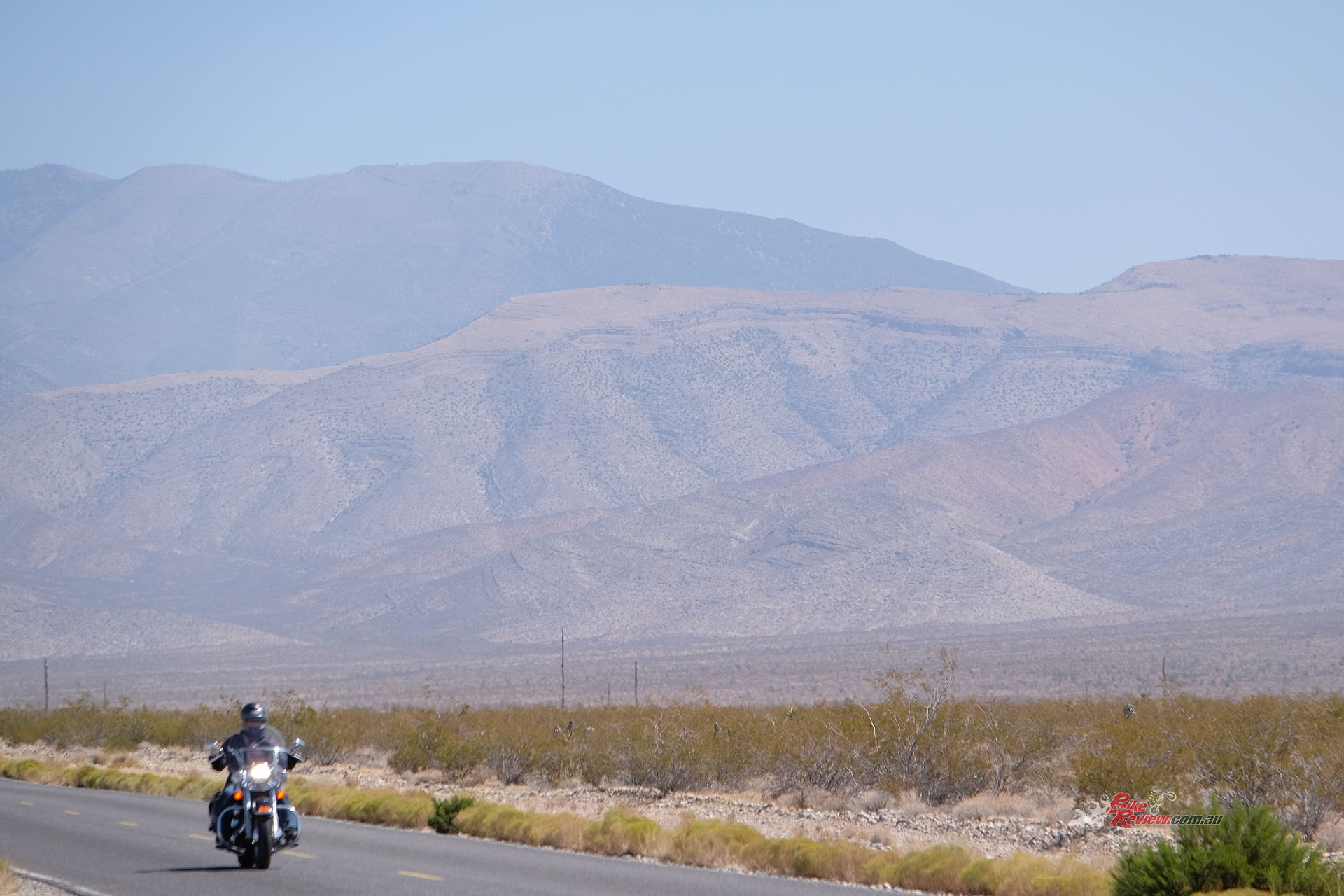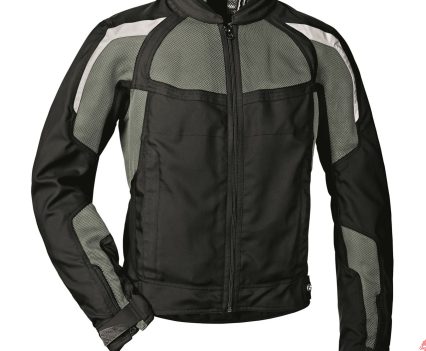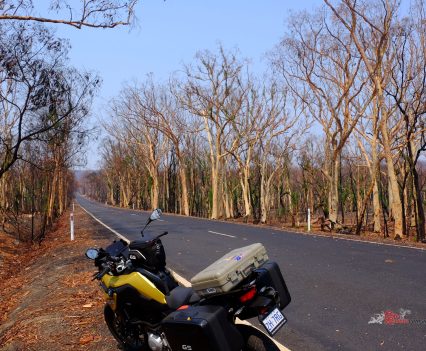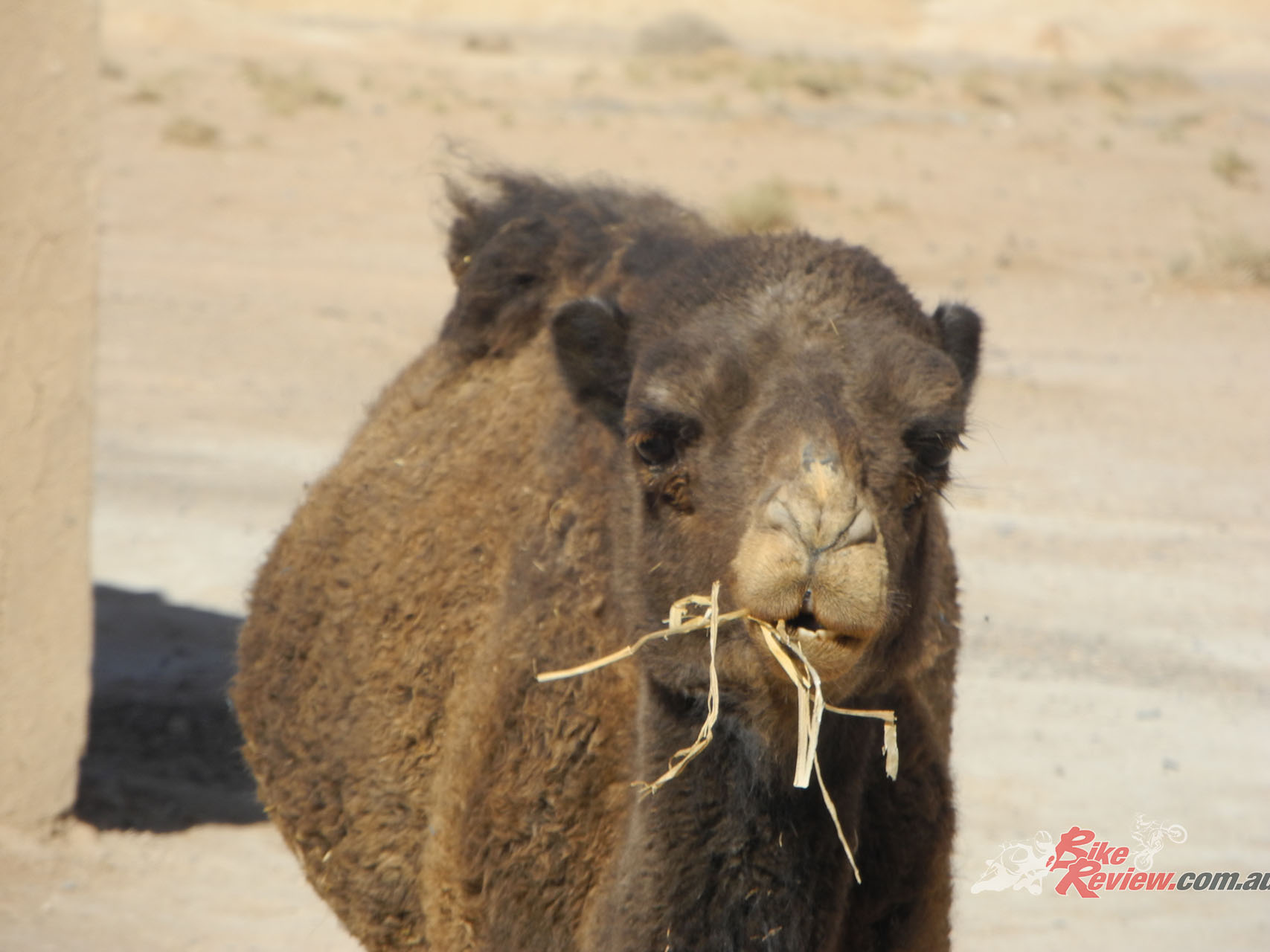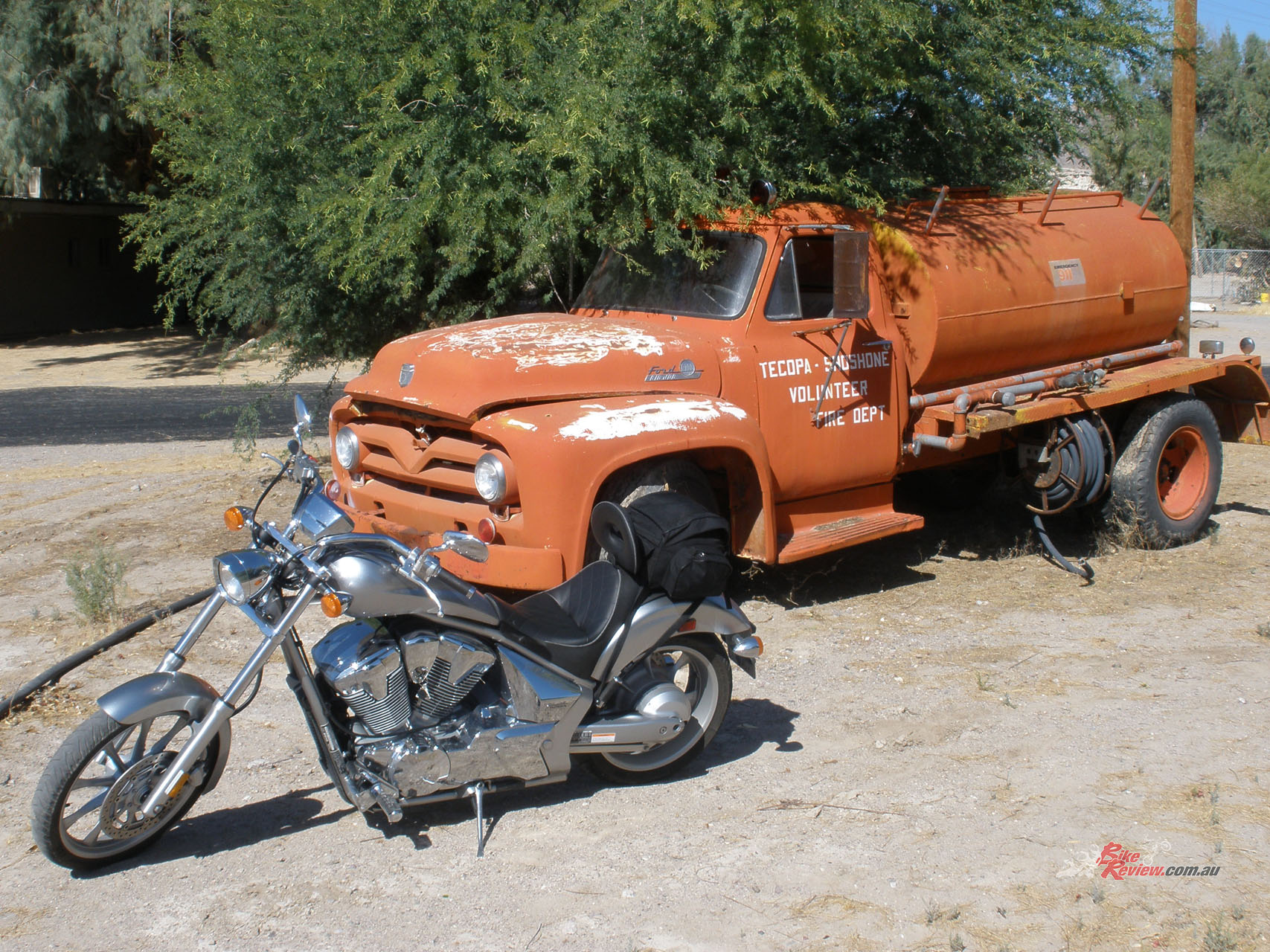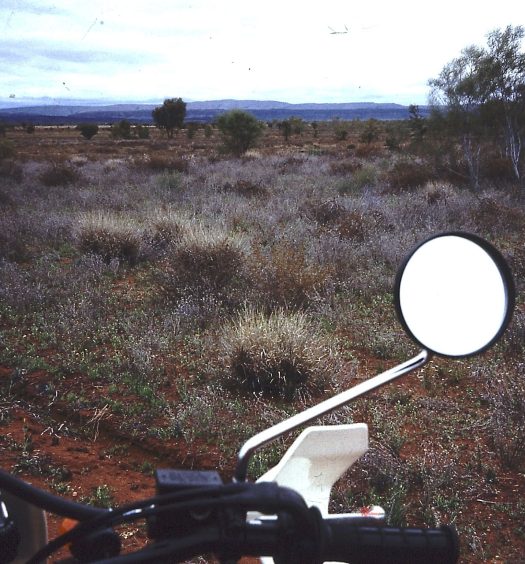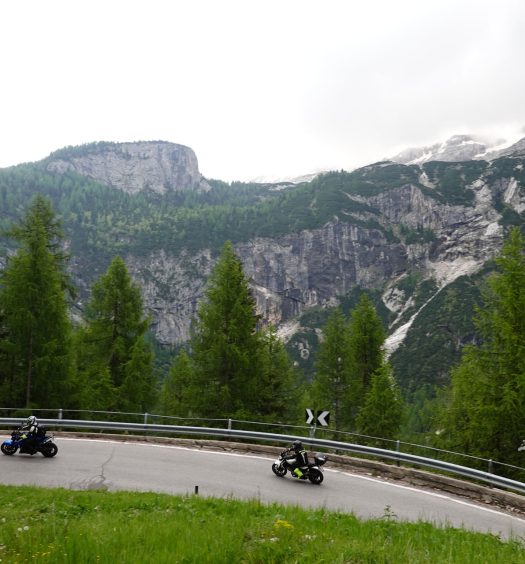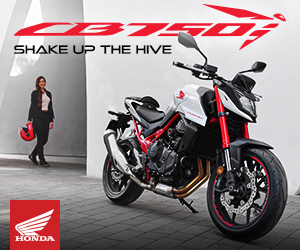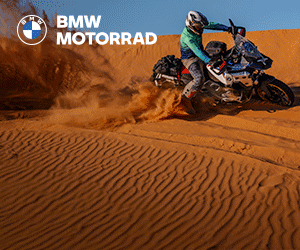Summer is coming! The Bear shows us how to cope with the inevitable heat – by understanding the problem, avoiding the worst of it and knowing how to help someone who is affected.
Yes, summer is coming… and who would have thought that phrase would ever acquire the such a threatening tone. Australian riders have it tough when it comes to riding in the summer, so here are some things to make sure you’re staying safe on the bike in the heat.
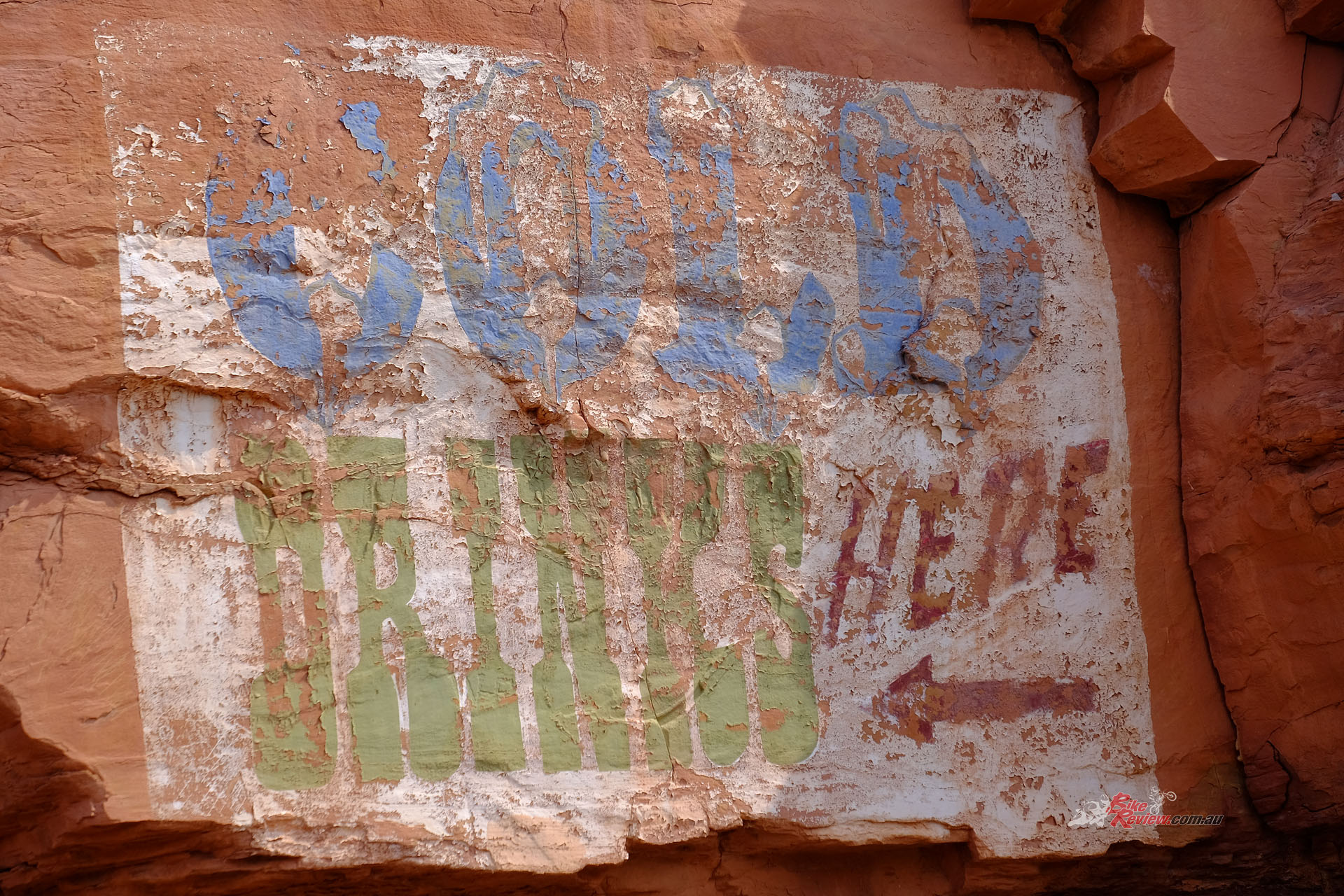
You can fade a lot faster than this sign if you don’t get adequate hydration. Here’s how to stay safe during summer riding.
Before that heat that the Northern Hemisphere is dealing with at the moment even hits us, we are staring down the barrel of a coming El Niño summer already. That will be hotter across south-eastern Australia with extremely hot days further north.
Follow the Bear tracks here…
In many places, Australian summers have long been too hot for comfortable riding and it’s only going to get worse. Whether you believe in climate change or not, just turning on the TV will provide images of Europe and North America – the highest ever recorded – which augur badly for us down here. Does that mean giving up riding for summer? Well… no. Of course not.
Here in Australia, we are pretty well used to hot weather. That doesn’t mean everyone understands it. I am always amazed when someone in an air-conditioned car tells me that it must be great to be out on the bike on a really hot day. I say, “Yes, mate, that’s right,” while swimming in sweat in my leathers. After all, can’t concede a point to the cagers, can I? Even if I’d happily swap with them… In the US, heatwaves kill more people annually than hurricanes, lightning, tornadoes, floods, and earthquakes combined. A 2003 heat wave in Europe is estimated to have caused 70,000 deaths, and 2023 will be worse. Let’s take a look then at ways in which you can protect yourself from the heat.
Understand the danger
First, keep in mind that it is not necessarily the temperature alone that will cause problems. A figure called the heat index measures how hot it really feels outside, when humidity and other factors are considered along with the temperature. It tells you how much heat the human body can handle before it becomes dangerous. Sometimes, if it’s humid enough, it doesn’t need to be especially hot outside. With high humidity, it’s harder for the human body to sweat, and then have that sweat evaporate. This means that you cannot efficiently cool off and heat stress increases. A day when the temperature outside is 33°C and the humidity is 70 percent, the heat index is 44.5°C. That is dangerous.
Avoid overheating
The most obvious way of coping in summer is to go riding when it is not too hot, namely in the morning. That’s fine, but keep in mind that Australia’s wildlife is usually also out in the early morning. Don’t replace one threat with another.
You can also open your jacket or wear vented clothing. Wind blowing across your skin is almost always lower in water vapor pressure than the skin surface, resulting in some skin surface evaporation and cooling. Of course, the degree of evaporation depends on the relative humidity of the air. As the air becomes more humid, less evaporation occurs, and there is less cooling effect from wind. Wind also provides transfer of heat by convection. A cool wind blowing across warm skin will result in cooling of the skin by heat transfer independent of evaporation. However, when air temperature reaches 35°C the temperature gradient is reversed, and the airstream begins to heat you up. So in high humidity or a temperature over 35°C, zip up and visor down.
Choose appropriate gear
You should certainly wear a full-face helmet in high temperatures because it gives better coverage, but does it matter if the helmet is white? Common sense would seem to suggest that a white helmet will be cooler, but whether it in fact makes a significant difference (keeping in mind the expanded polystyrene liner is effectively an esky around your skull) is doubtful.
What about the colour of your clothes? There isn’t a lot of white motorcycle gear around. The best you can usually do is light grey, which is pretty good. But it is not just the colour that matters, it’s also the reflectance. Some years ago, I was headed for Abu Dhabi for a ride in summer. Facing 40°C temperatures, I checked around for the coolest gear and found BMW’s Air Flow suit, which was black but was supposed to keep the rider coolest due to a nano-scale surface coating. Riding for photos in that kind of heat, I found that it worked. So do your research, and remember that it’s not necessarily the colour that counts.
Make sure your gloves cover not only your hands but also your wrists. I’ve had a small but nasty sunburn on both of mine when I wore short gloves. There are also cool covers for bike seats on the market. My friends at Wunderlich have something actually called a Cool Cover, and there are other brands with similar products.
Get wet
One useful precaution is soaking some or even all of your clothing in water. The Frog, a sadly departed friend of mine (not due to heat), used to fill his helmet with water and then put it on. You get a double benefit: first, the water cools you when it hits your skin – as long as it’s not too warm to start with. Second, it cools you as it evaporates. You can buy vests and other items of clothing designed to retain water and release it slowly for cooling. But they only work while the humidity is relatively low and the water can evaporate.
Be sure to drink
Regular and frequent stops in the shade for cold, non-alcoholic drinks are an excellent way to reduce the effect of heat. Electrolyte drinks are not a bad idea, but some medicos say that they are not necessarily much of an improvement on water. Drink whether you are thirsty or not. Thirst is not necessarily an indicator of the amount of hydration you need. Remember that your urine will be light in colour if you are properly hydrated. Avoid big meals. Your own body creates quite a bit of heat while it is digesting, and you just want as little heat as possible. Don’t forget sunscreen, either. It’s not going to keep you cooler, but sunburn will definitely heat you up! Use your sun visor if you have one.
Know how to help
If the heat does catch up in a big way with someone riding with you, you need to know just how badly they’re affected, and then what to do about it. Problems are likely to begin with what is called heat exhaustion. Symptoms include heavy sweating, paleness, muscle cramps, tiredness, weakness, dizziness, headache and an upset stomach or vomiting and finally fainting. Cool the body with cool, nonalcoholic drinks for fluid and electrolyte replacement; make sure the affected person rests; move them to an air-conditioned room or put them into a cool (not cold) bath, shower or sponge bath. Get medical attention if symptoms get worse or last longer than one hour.
Learn more about helping with heat related illness here…
More serious cases are called heat stroke. Symptoms are likely to include a very high body temperature (above 39.5°C); red, hot, and dry skin (no sweating); rapid, strong pulse, throbbing headache, dizziness, upset stomach, confusion and once again passing out. If you see any of these signs, get medical attention as quickly as possible. While you’re waiting, you can help someone with heat stroke by moving the victim to a shady area or indoors. Do not give them fluids. Cool their body by placing them in a cool (not cold) bath or shower, spraying with a garden hose, sponging them with cool water or, failing the ability to do that, fanning them. Continue efforts to cool them until help arrives or his or her body temperature falls below 39°C and stays there.
Remember to be cautious
Should you be heading into even the beginnings of heat exhaustion while you’re out riding by yourself, you could be in very serious trouble. It is extremely difficult to self-diagnose; you’ll know that you’re hot but you will probably not understand that you need treatment. I have been through this myself, and quite apart from being sick as the proverbial dog for a couple of days I found it extremely hard to control the bike on my ride home.
Don’t underestimate the potential effects if heat stroke is not caught in time. You may start to hallucinate, or to have seizures. Your organs will begin to break down. “Kidneys are usually the first to go,” says Jason Kai Wei Lee, an expert on the impact of heat on the human body at the NUS Yong Loo Lin School of Medicine in Singapore. “When the kidneys are messed up, all the toxins that have built up cannot be excreted and your body becomes toxic.” That in turn impacts other organs, which begin to fail one by one. Camilo Mora, an associate professor at the University of Hawaii at Manoa’s geography department, describes 27 different ways the body succumbs to overheating, from kidney failure to blood poisoning when the gut lining disintegrates. All can result in death within a few hours.
You can keep riding in summer. Just don’t push your luck.
Editor’s Note: If you are reading this article on any website other than BikeReview.com.au, please report it to BikeReview via our contact page, as it has been stolen or re-published without authority.


